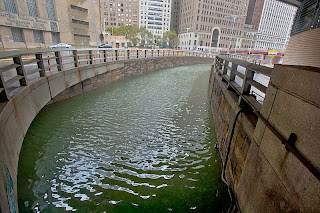.jpg) UN News Centre: On the anniversary of Hurricane Sandy making landfall in the United States, United Nations officials are reminding the public not to forget the storm’s less documented Caribbean victims. Commemoration ceremonies will take place around the northeast United States today, particularly in New York, where the devastating storm caused over $18 billion worth of damage to the city.
UN News Centre: On the anniversary of Hurricane Sandy making landfall in the United States, United Nations officials are reminding the public not to forget the storm’s less documented Caribbean victims. Commemoration ceremonies will take place around the northeast United States today, particularly in New York, where the devastating storm caused over $18 billion worth of damage to the city.In an editorial published yesterday, in Aljazeera, Heraldo Muñoz, Director of UN Development Program (UNDP) Bureau for Latin America and the Caribbean, called on New Yorkers not to forget that the US was but the last stop on Sandy’s tour of destruction.
“Sandy, one of the largest Atlantic hurricanes on record, rumbled across the Bahamas, Cuba, the Dominican Republic, Jamaica and other countries before finally reaching the eastern seaboard of the US,” Mr. Muñoz wrote in the online editorial.
One year on, UNDP says that recovery efforts from the storm are underway, but some of the agency’s officials say that the suffering of those in developing Caribbean nations may have been underplayed. “Because of socio-economic vulnerabilities, people in developing countries are often less prepared for a large event and unfortunately are not as quick to bounce back or recover,” said Jo Scheuer, UNDP Coordinator of Disaster Risk Reduction and Recovery.
“While the mainland US suffered greater losses in terms of total fatalities and the extent of damage, for the Caribbean nations, Cuba and Haiti in particular, the storm was comparatively more expensive – having a much more profound impact on local livelihoods and the GDP,” Mr. Scheuer said, adding that in Haiti, the storm intensified the humanitarian crisis caused by the 2010 earthquake...
Hurricane Sandy damage at Guantanamo in Cuba. Shot by DVIDSHUB, Wikimedia Commons via Flickr, under the Creative Commons Attribution 2.0 Generic license





.jpg)






.jpg)























